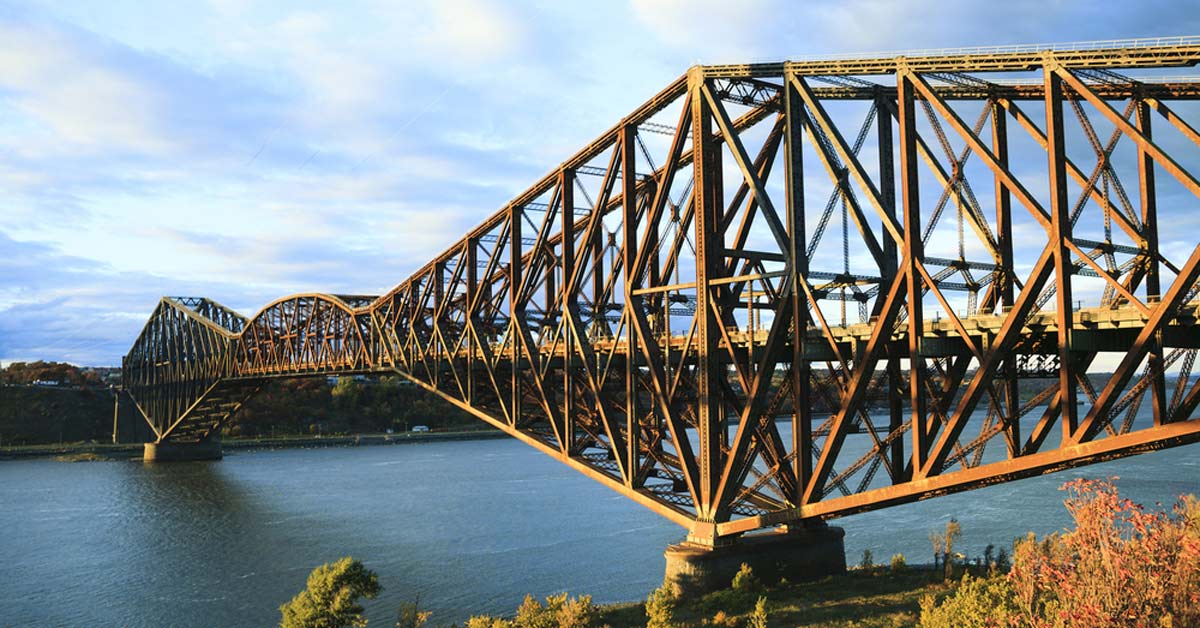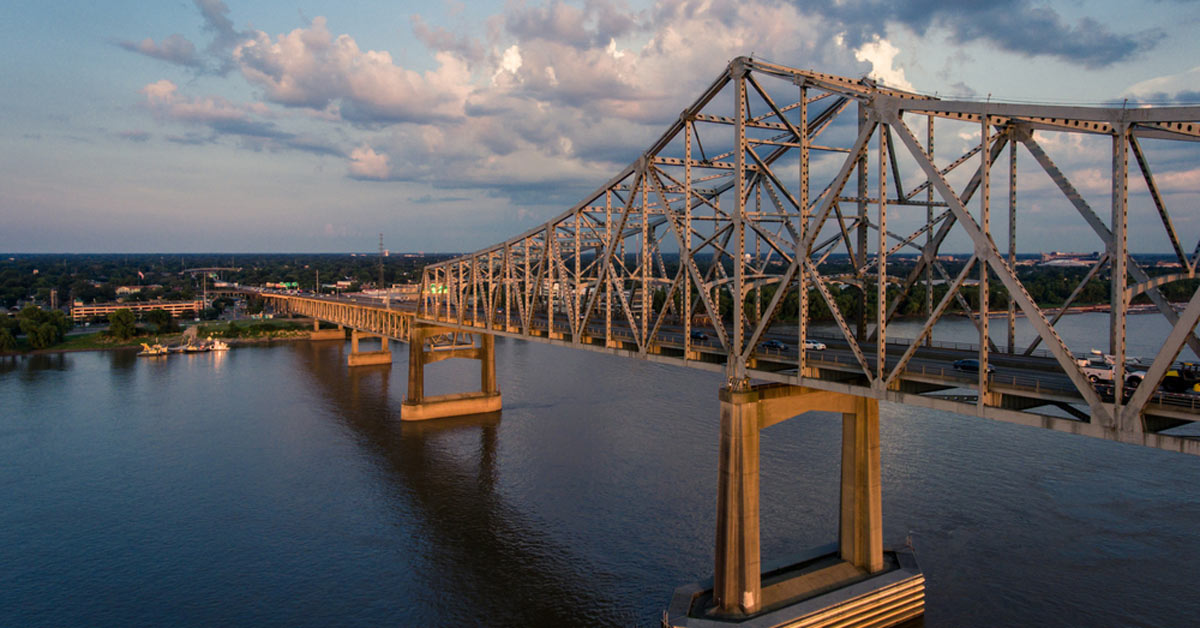Bridge collapses have historically amounted to some of the most devastating incidents of infrastructure failure, and more often than not, it’s faulty or negligent engineering and construction that is to blame. Prime Engineering specialises in engineering that solves our clients’ biggest challenges through designing and manufacturing machine parts that are built to withstand the test of time. We have a vested interest in creating innovative engineering solutions that not only transform the world, but also make it a safer place for everyone. That’s why we’ve put together this list of notable bridge fails to highlight where they went wrong and the crucial engineering lessons that we can take from them.
Quebec Bridge – 1907 & 1916

This infamously unstable bridge collapsed not once, but twice within a decade due to a key design flaw that was negligently overlooked. After it was built, designers realised that the bridge weighed significantly more than was estimated in the construction process, so much so that it was far heavier than its carrying capacity. Despite this, no adjustments were made, even when an onsite engineer observed a slight bend in the frame of the bridge. As a result, the beams collapsed under the sheer weight of the bridge in 1907, killing at least 80 people. Even worse, a further 13 workers were killed when the bridge collapsed again during reconstruction in 1916.
West Gate Bridge, Melbourne – 1970
In October 1970, just two years after it had been constructed, the West Gate Bridge in Melbourne failed when the 112m span between piers 10 and 11 collapsed, killing 35 workers and injuring 18 others, making it the worst industrial accident Australia had yet seen. The disaster immediately prompted a Royal Commission to investigate the cause for the bridge’s failure. The findings concluded that the bridge collapsed due to structural instability arising from a difference in camber between two half-girders that needed to be joined at the end of the span. When orders came through to remove the buckle from the weight of the blocks, the span collapsed once the bolts were removed.
Hyatt Regency Hotel Walkway, Kansas City – 1981
In 1981, hundreds of people were in attendance at a dancing contest in the Hyatt Regency Hotel in Kansas City when a huge walkway above them began to buckle and quickly collapsed. The walkway, suspended from the lobby’s atrium ceiling by steel rods, reportedly began to sway to the rhythm of the dancers below, and when it fell it crushed the patrons below, killing 114 people. It was later discovered that the walkway was structurally unsound from the beginning as it was able to support only a quarter of the load required by the city’s building code.
Seongsu Bridge, Seoul – 1994
During the rush hour on the morning of October 21st, 1994, a central section of the Seongsu Bridge in Seoul collapsed without warning and fell into the Han River below, killing 31 people. The bridge was originally designed to accommodate a load of only 36.3 tonnes at a given time, but after becoming one of the city’s busiest bridges, on the morning it collapsed it was estimated to have been supporting loads of over 47.3 tonnes. After thorough investigation, it was also found that necessary repairs and maintenance that had been scheduled were not completed.
Mississippi River Bridge – 2007

This disaster was another incident of a bridge not being sufficiently fortified to handle the weight of rush-hour traffic. The Mississippi River Bridge collapsed during peak hour in August 2007, sending 50 cars into the river below and killing 13 people. The eight-lane bridge was originally built in the 1960s and was being repaired at the time of collapse. The failure was determined to have been the result of the weight of additional construction equipment adding undue strain on an already weak spot in the bridge design. This weak spot arose from gusset plates in the bridge being too thin, and the stress on the plates tore along a line of rivets, causing the structure to fail.
There are many takeaways from all of these catastrophic failures of construction and engineering. What they do have in common is that they were all the result of poor planning and design, as well as a lack of understanding of the right parts and the right dimensions to ensure a major piece of infrastructure remains structurally safe and sound.
At Prime Engineering, solving these problems is our bread and butter. Our passion is improving the way things work, and we apply our technical expertise, industry know-how and cutting edge technology to deliver the engineering solutions for your specific needs. Give us a call on (07) 3217 0555 or fill out the contact form on our website to talk to us about your project!



